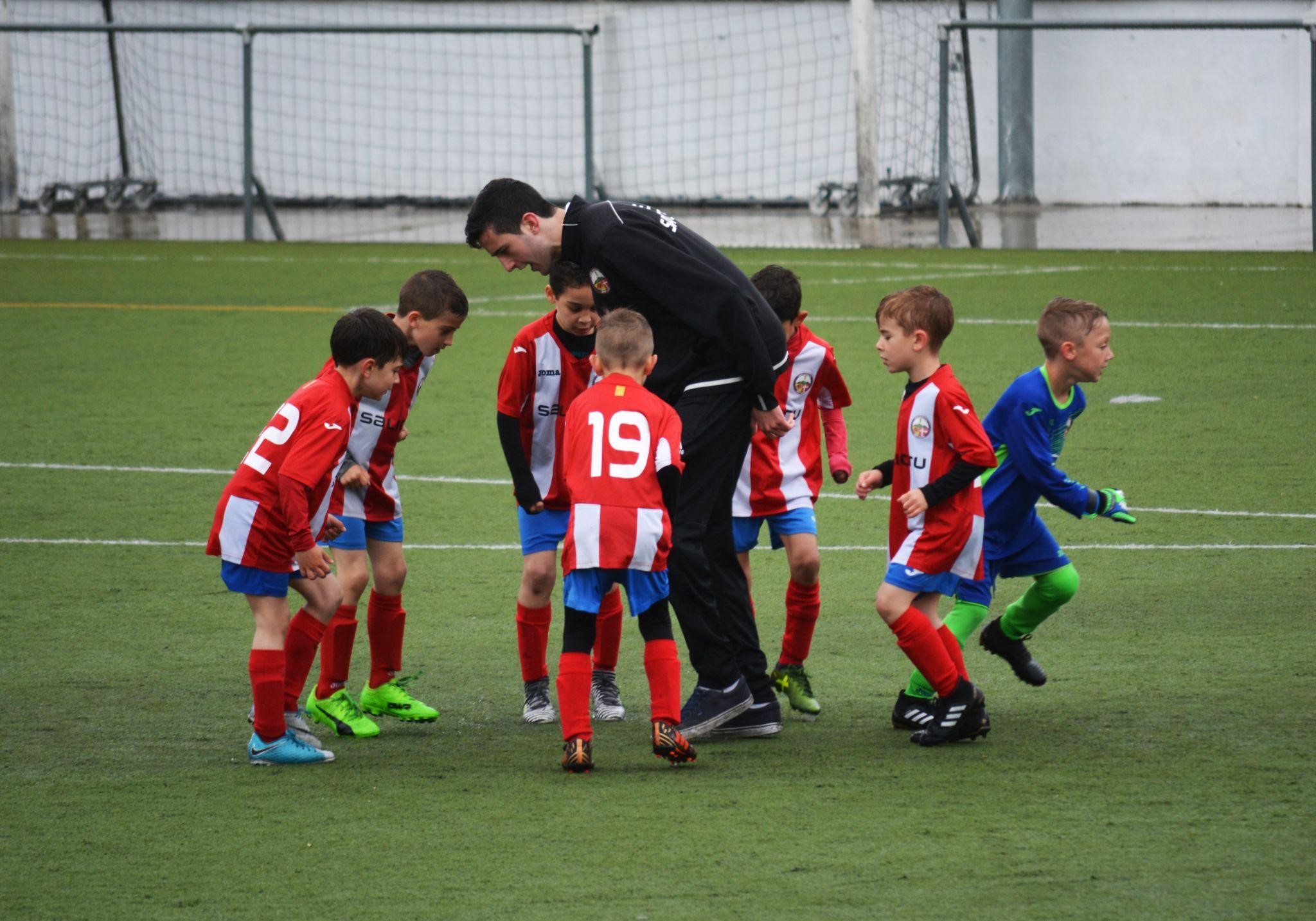Trailrunning is rapidly gaining popularity. Every year the number of starts and participants around the world grows, new trails appear in the remotest corners of civilization. Trails attract with their incredible scenery, atmosphere, and variety of courses.
What is trail running and how it differs from cross-country running?
Trailrunning is an official discipline of track and field that involves running on natural terrain. Trailruns have no clear criteria for elevation gain or difficulty. They can be runs over fields, sand, mountains, which is why they are attracting more and more people.
Cross races are short races of up to 10 km without a lot of climbing. Sometimes specially for competitions on natural terrain artificial obstacles are created – rises, pits, water obstacles.
Cross-country running. Features of competitions and training, technique of overcoming the distance, benefits for the body
Mountain running is a competition up to 42 km, without technical difficulties and with a medium altitude difference. In mountain running, short races of up to 15 km up and down or only uphill are the most popular. National, world and European championships are held in mountain running.
Skyrunning – mostly races up to 70 km, often held with a high climb, reaching the peaks of 2000-5000 meters, have a high technical complexity. The discipline officially belongs to mountaineering and is divided into several categories – Vertical Kilometer, Sky, Ultra.
According to the rules of skyrunning competitions take place in the mountains not lower than 2000 meters with the minimum average slope of 6% and include sections with the slope of 30%, but there are often deviations.
Peculiarities of trails and running techniques in trail running
In trail running there are no standardized requirements for trails: the coverage, elevation differences, running conditions and start times can vary significantly from race to race.
Since the terrain and the surface are constantly changing, there is no single running technique in trail running. In addition to the usual plain technique for road runners, a trailrunner must master the technique of running uphill and downhill.
Uphill running technique
There are several rules that should be adhered to while running uphill:
- Body position. The body should not be tilted backward or heavily tilted forward. When running uphill, the body is slightly tilted forward, and the shoulders are slightly turned inward.
- Arm position. As in running on flat ground, the arms should be bent at the elbows and be at waist level. Your elbows should be slightly apart. The greater the slope, the stronger the athlete should work with his hands, helping himself in advancing and controlling the balance.
- Position of the pelvis. When a trailrunner runs uphill, he/she squats a bit, that is, runs on slightly bent legs, engaging the gluteal muscles. The stronger the slope, the shorter is the step, and the more the gluteal muscles are engaged.
- Work the legs. When running uphill there’s no need to artificially lengthen your step by pushing your knee up and throwing your shin forward. Landing at each step is carried out on the front of the foot (not on the toes). If the slope is small, you can land on the whole foot.
How to properly run downhill:
- The gaze should not be directed under the feet, but two to three feet forward, as the trailrunner needs to keep a straight line of sight on the descent.
- Relaxation. The runner should not clench and be afraid of the descent. Technique should be natural and free of clamping, then the risk of injury will be minimized.
- It is necessary to run straight ahead. No need to loop and bypass obstacles in the way, as this complicates the route and increases the distance.
- The body is slightly tilted forward, the lower back is slightly rounded. Knees are half-bent and the center of gravity is shifted down.
- Elbows of the arms are slightly off to the sides, palms of the hands are at the waist and look down.
- During descent the whole foot is used for landing. If the surface is unstable, for example, a loose surface (pebbles), you can land on the heel.



